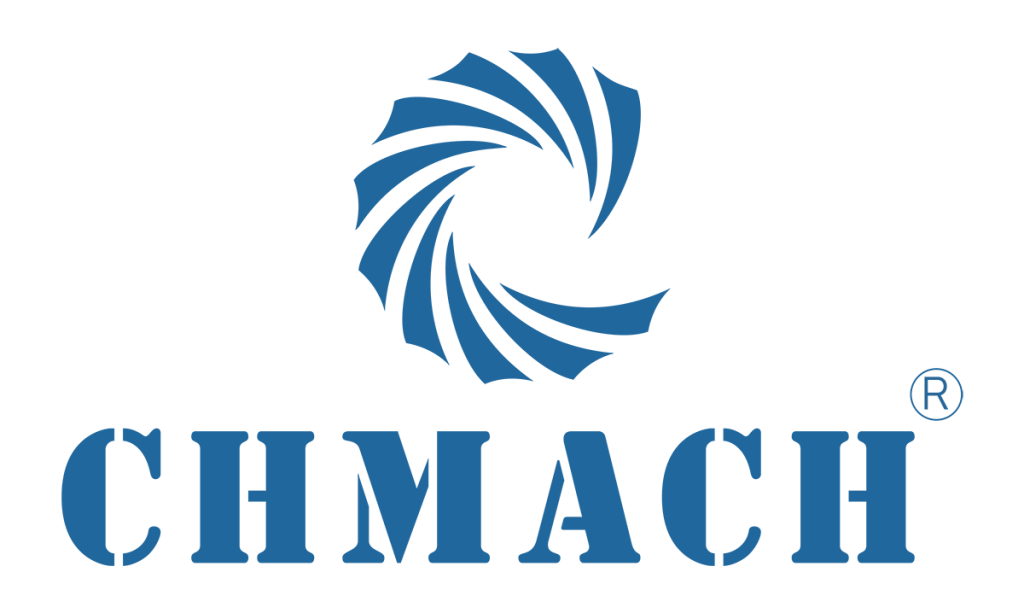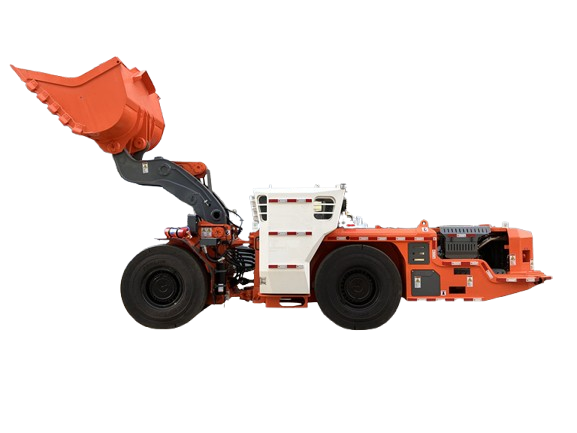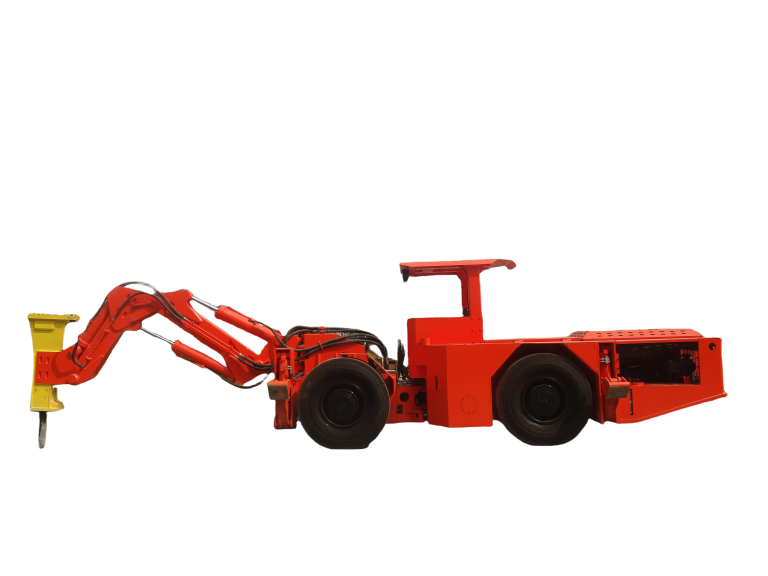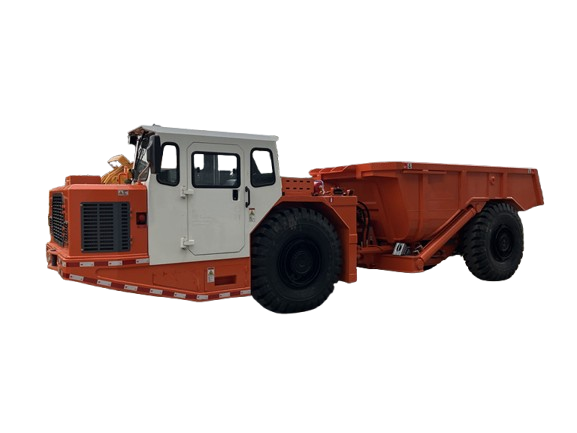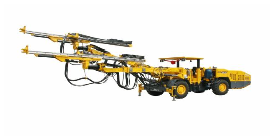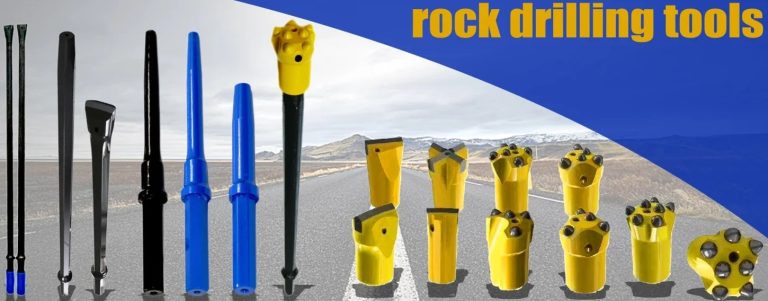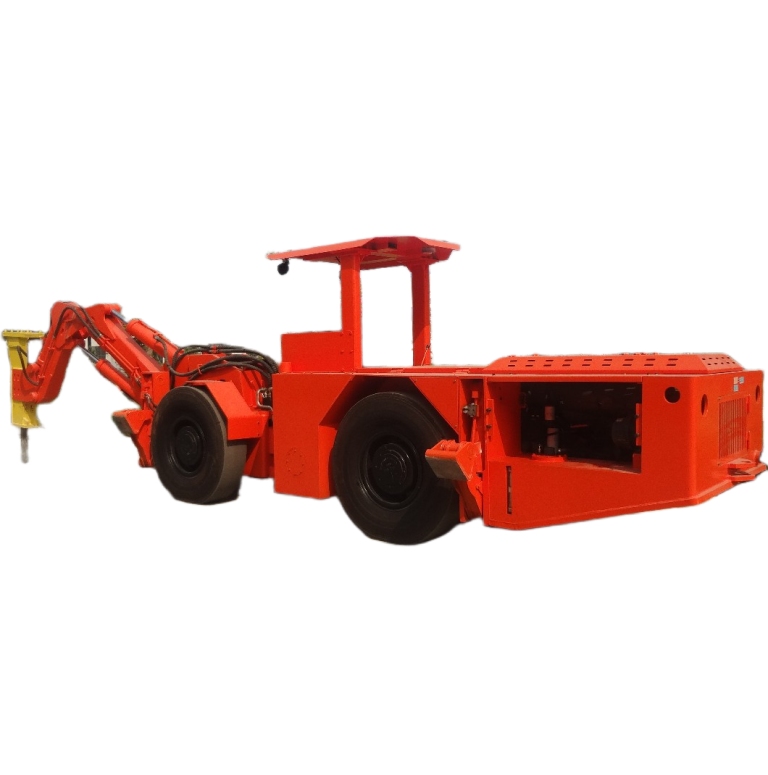选择正确的 铲车选择电动还是柴油?这是一个至关重要的决定。这一选择将决定您矿场的生产力、成本和环境影响。烟台驰鸿机械有限公司生产的电动机型可实现零排放,运行安静,并减少通风需求。柴油机组在电力匮乏的地区则更具灵活性。本指南探讨了性能、运行成本、安全性和长期价值方面的关键差异,帮助您根据采矿需求做出明智的选择。
电动铲运机和柴油铲运机的核心区别是什么?
电动和柴油铲运机在地下开采中必不可少。然而,它们之间的差异极大地影响着采矿效益、成本和可持续性。了解这些差异对于做出明智的选择至关重要。
电源和能源效率
柴油铲运机使用内燃机,以柴油为燃料运行。电动铲运机的工作原理不同,它们采用由电池或系留电缆驱动的电动机。电动铲运机依靠电动机。它可以提高隧道内的输出功率,同时有效减少污染。电动铲运机通常能效更高。与柴油发动机相比,电动机能将更多能量转化为有用功。此外,电动系统避免了空转损耗。这意味着它们能更高效地利用电力。
排放和环境影响
电动铲运机的一大优势是零尾气排放。它们搭载高效节能的电机,从而实现真正的零尾气排放。此外,电动铲运机还配备了多重接地和泄漏防护装置。柴油机组会排放温室气体 (GHG) 和柴油颗粒物 (DPM),这会对环境造成危害。此外,电动铲运机还需要昂贵的通风系统来保持地下空气清洁。
噪音水平和通风需求
电动铲运机比柴油铲运机运行安静得多 机械设备.这极大地改善了工作条件,也减少了对大量噪音控制措施的需求。柴油发动机会产生热量和烟雾,需要强大的通风设备。这在深层采矿作业中是一个重要的成本因素。
烟台驰鸿机械有限公司提供各种电动装载机,例如WJD-1.5。它具有高功率重量比,确保更快的循环时间,同时保持高产量。这些机器完全消除了废气排放,产生的热量也更少,从而解决了柴油装载机的核心问题。
电动铲运机和柴油铲运机的运行性能有何不同?
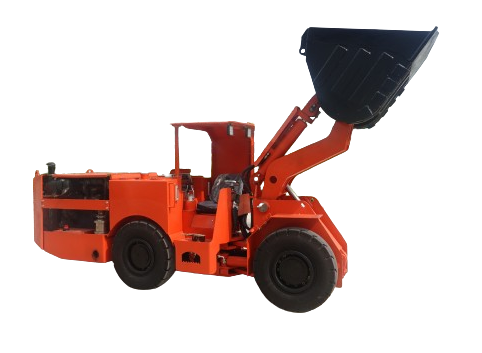
牵引强度、循环速度和韧性等指标至关重要。在选择地下采矿设备时,这些指标至关重要。
牵引力和牵引强度
烟台驰鸿电动铲运机各型号均展现出强大的牵引力。例如,WJD-4 的最大牵引力可达 210 千牛,可承载 10 吨货物。CHWJ-4 等柴油铲运机也具备类似的牵引力。然而,由于机械损耗,它们需要更多的燃油。
不同采矿条件下的周期时间和产量
电动装载机的循环速度通常优于柴油装载机。原因何在?因为电动机能够提供瞬时扭矩。高功率重量比确保更短的工作循环。它还能保持高生产效率,从而加快装载-运输-卸载的流程。即使在狭窄空间或倾斜隧道中也能出色地工作。
严苛地下环境中的可靠性
两种类型均适用于崎岖环境。不过,电动装载机的活动部件更少,这减少了柴油发动机常见的磨损问题。驾驶室符合ROPS/FOPS标准。它可以配备封闭式空调驾驶室。这提高了操作员的安全性,也提高了驾驶舒适度。
烟台驰鸿机械有限公司采用模块化设计,确保可靠性。这些设计简化了维护流程。其诊断系统加快了故障排除速度。这些功能可延长电动和柴油车队的正常运行时间。
电动或柴油铲运机的成本影响是什么?
电动或柴油铲运机的成本影响是什么?
电动或柴油铲运机的成本影响是什么?
电动铲运机的初始成本通常较高。这是由于电池技术或电缆系统的原因。它们还需要充电桩或覆盖矿井的电网。
维护费用和生命周期因素
柴油发动机需要定期更换机油,更换滤清器并经常翻新零件。电动装载机的易磨损部件更少,从而降低了维护频率和长期成本。
燃料与电力使用随时间的变化
电价因地区而异。但通常比柴油成本更稳定。长期来看,电动铲运机更省钱。每吨运输的能源成本更低。
烟台驰鸿机械有限公司根据项目需求定制解决方案,有效控制成本。他们的售后服务包括例行检查,确保机器在整个使用寿命期间保持最佳性能,从而降低意外成本。
每种类型如何影响矿山安全和工人健康?
地下作业工人的安全至关重要。设备的选择直接影响着作业风险。
柴油颗粒物 (DPM) 暴露
柴油铲运机排放有害颗粒物 (DPM)。这些颗粒物与矿工的呼吸问题有关。电动铲运机则完全消除了这一危害。它们不会产生燃烧排放。
狭小空间内的产热
柴油发动机在使用过程中会产生大量热量。电动铲运机可以降低热负荷。这使得它们非常适合深井作业。深井的冷却非常困难。
地下使用中的火灾风险控制
电动机器可以降低火灾危险。它们可以移除地下易燃燃料的储存。先进的接地系统也增加了额外的安全性。它们可以防止电气故障。
烟台驰鸿机械有限公司采用ROPS/FOPS驾驶室,提升操作员安全性。智能控制系统还可监控实时数据。这有助于及早发现风险,避免事后遗症。
哪种类型能为长期采矿提供更好的可持续性?
可持续发展如今已成为全球战略重点。矿山致力于实现净零碳排放目标。
符合 ESG 目标和规则合规性
电动铲运机符合环境社会治理 (ESG) 目标。它们能够降低温室气体排放,满足日益严格的全球采矿法规。
碳足迹减少计划
从柴油转换为电力可以减少每吨运输的碳排放。当电力来自可再生能源时,效果尤其显著。例如,在偏远矿区附近安装水力或太阳能装置。
电池回收和报废策略
现代电池设备包含报废计划。电池回收计划很常见。这些计划减少了对环境的危害,还能回收锂或钴等有价值的物质。
烟台驰鸿机械有限公司支持可持续采矿。其零排放设计已通过 ISO9001:2015 认证。这确保了从始至终的负责任的建设。
何时应根据矿山特征选择其中一个?
选择电动还是柴油很大程度上取决于具体地点的限制。
深度、通风和电源接入
深井矿井气流较差,电动铲运机效果更佳。这类矿井对通风的需求较少。然而,电网薄弱的矿井可能更倾向于使用柴油。这种情况在电力系统升级之前一直存在。
现有设备的舰队组合
如果矿井主要运行单一系统(例如全柴油),则添加新设备必须符合现有的维护计划。操作员的技能水平也很重要。
生产规模和运营重点
注重产量的大型矿山可能会选择更大的机型。例如 CHWJ-6(柴油)或 WJD-6(电动)。这种选择需要兼顾速度和环保目标。
烟台驰鸿机械设备有限公司 提供可扩展的生产线。产品范围从1吨窄矿脉装载机到14吨自卸车。操作员可以根据矿场布局精确匹配机器。这确保了性能和规则的合规性。
烟台驰鸿机械有限公司是谁?为什么选择他们提供铲运机?
固体 伙伴 他们提供的不仅仅是优质的装备,他们还在设备的整个使用寿命期间提供持久的支持。
公司简介及现场经验
烟台驰鸿机械有限公司在地下采矿领域稳步发展12年,位列中国顶尖矿山机械制造商之列。公司通过CE认证,获得全球认可。
以地下采矿设备为中心的产品系列
他们的产品涵盖WJ系列地下LHD电动铲运机,容量从0.6立方米到6立方米不等。此外,他们还提供UK系列自卸卡车,最大载重可达30吨。这为地下所有矿石运输阶段提供了完整的解决方案。
致力于质量、创新和售后帮助
他们的研发团队拥有超过33项国家专利,团队成员包括教授和年轻医生。烟台驰鸿强调质量至上,追求卓越。他们的“421管家行动”承诺在保修期内进行四次例行检查。此外,还提供技术培训。这种罕见的售后支持赢得了全球客户的信赖。
关于选择电动或柴油铲运机的最终思考
选择电动铲运机还是柴油铲运机取决于诸多因素。这些因素包括环保法规、深度限制、总拥有成本、工人健康重点以及与ESG计划相关的长期环保目标。电池技术不断发展。监管压力也有利于更清洁的作业方式。因此,现代矿山越来越多地选择电动铲运机。然而,现有的配置意味着柴油铲运机仍然适用于特殊情况。从短期来看,灵活性胜过环保考量。
关于电动铲运机和柴油铲运机的常见问题解答
电动铲车在持续使用的情况下电池的典型寿命是多长?
电池续航时间因型号而异。通常满载情况下可持续使用 4-8 小时。之后需要充电或更换电池。这取决于工作强度。
柴油铲运机能否升级以适应更严格的排放规定?
是的。像颗粒过滤器或 Tier IV Final 发动机升级这样的改装可以降低排放。但与购买新的电动车型相比,这些改装的成本通常很高。
充电设置如何影响电动铲车的使用?
强大的电网是关键。如果没有强大的电网,部署可能会放缓。与此同时,混合供电方案或许能有所帮助。这些方案将有线供电与备用电池相结合,直到完全接入电网。

